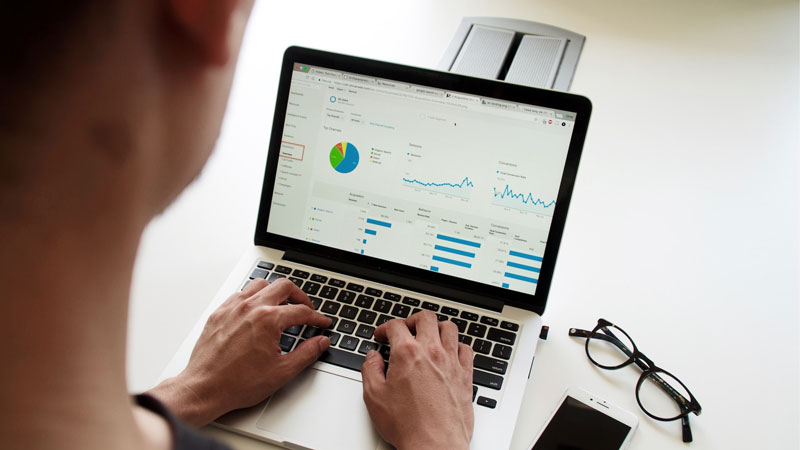SEO analysis is the foundation of every successful SEO strategy. Without it, your website is essentially running blind in search engines. By conducting proper SEO analysis, you can uncover what’s working, what’s failing, and where the biggest opportunities lie. This guide will walk you through what SEO analysis is, why it matters, the metrics you should track, and the tools and techniques you can use to boost your organic traffic and rankings.
What is SEO Analysis?
SEO analysis refers to the process of evaluating a website’s performance in search engines. It involves studying different aspects of your site such as keywords, backlinks, technical health, and user behavior to identify opportunities for improvement.
Types of SEO Analysis
- On-Page SEO Analysis: Examines content, headings, meta tags, and keyword usage.
- Off-Page SEO Analysis: Focuses on backlinks, brand mentions, and authority signals.
- Technical SEO Analysis: Evaluates site speed, crawlability, indexing, and mobile usability.
Why SEO Analysis Matters
SEO analysis isn’t just about data, it’s about making informed decisions to:
- Improve keyword targeting and attract the right audience.
- Track website performance over time.
- Stay ahead of competitors in SERPs.
- Align SEO with your overall business goals and ROI.
Learn more on how to measure the ROI of your SEO strategy.
Key Metrics in SEO Analysis
- Keyword Rankings: Monitor your targeted keywords to measure visibility and identify new opportunities.
- Organic Traffic: Track how many visitors come from search engines and analyze trends to measure SEO success.
- Backlinks: Assess the quality, quantity, and diversity of backlinks to understand your authority in search engines.
- Page Load Speed: A critical factor for both rankings and user experience. Faster websites reduce bounce rates and improve conversions.
- Bounce Rate: A high bounce rate may indicate irrelevant content, poor user experience, or technical issues.
- Conversion Rate: Measure how many visitors take desired actions, such as purchases or sign-ups, to evaluate ROI.
- Click-Through Rate (CTR): CTR shows how compelling your titles and descriptions are in search results. High CTRs mean better engagement.
Tools for SEO Analysis
Some powerful tools to make SEO analysis easier include:
- Google Search Console (free) – track performance, indexing, and errors.
- Google Analytics 4 (GA4) – measure user behavior and conversions.
- Ahrefs / SEMrush – keyword tracking, backlink analysis, and competitor insights.
- Screaming Frog SEO Spider – technical SEO audits.
- Moz Pro – keyword performance and link building analysis.
How to Do SEO Analysis (Step-by-Step)
- Run a technical SEO audit using Screaming Frog or Ahrefs.
- Check keyword rankings for your target terms.
- Analyze competitor websites to identify gaps and opportunities.
- Evaluate backlink profile for quality and diversity.
- Audit content performance to update or repurpose weak pages.
- Track conversions & ROI to ensure SEO aligns with business goals.
Leveraging SEO Analysis for Better Results
- Improve keyword research by finding high-volume, low-competition terms.
- Optimize on-page elements like titles, headings, and internal links.
- Strengthen backlink strategy by acquiring high-quality links.
- Enhance user experience with fast-loading, mobile-friendly pages.
Measuring ROI from SEO Analysis
Tracking ROI ensures your SEO delivers business value.
- Set up goal tracking in Google Analytics.
- Monitor KPIs like conversions, bounce rate, and revenue.
- Align SEO performance with business growth objectives.
Conclusion
SEO analysis is no longer optional, it’s essential. By analyzing your site’s performance, tracking key metrics, and using the right tools, you can refine your strategy, improve rankings, and grow your organic traffic. Start your SEO analysis today and turn data into actionable results for long-term success.
FAQs on SEO Analysis
Q1: What’s the difference between SEO analysis and an SEO audit?
SEO analysis is ongoing tracking and evaluation, while an SEO audit is a one-time deep dive into your site’s health.
Q2: How often should I perform SEO analysis?
Ideally, monthly tracking with quarterly deep audits gives the best results.
Q3: What are the best free SEO analysis tools?
Google Search Console, GA4, and Screaming Frog (limited free version) are excellent starting points.





